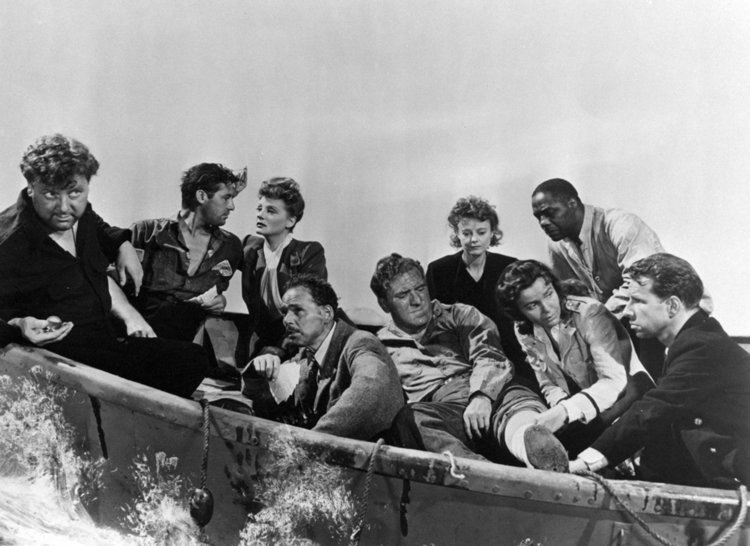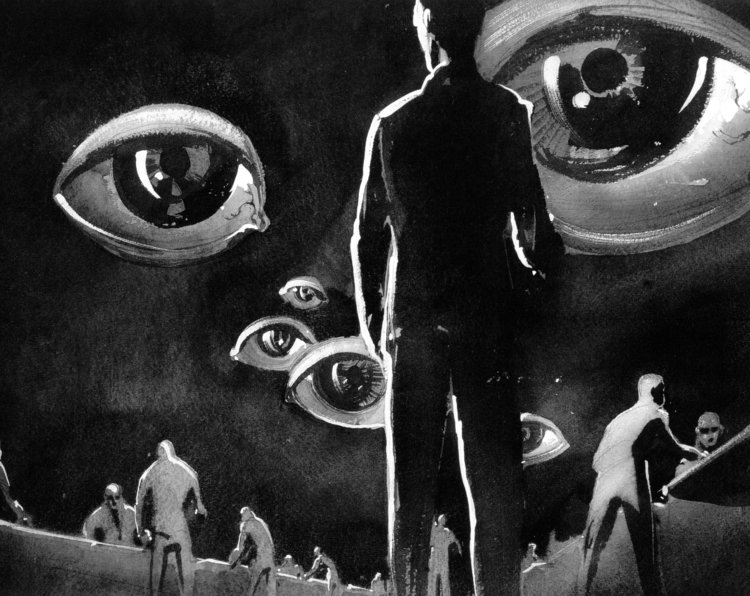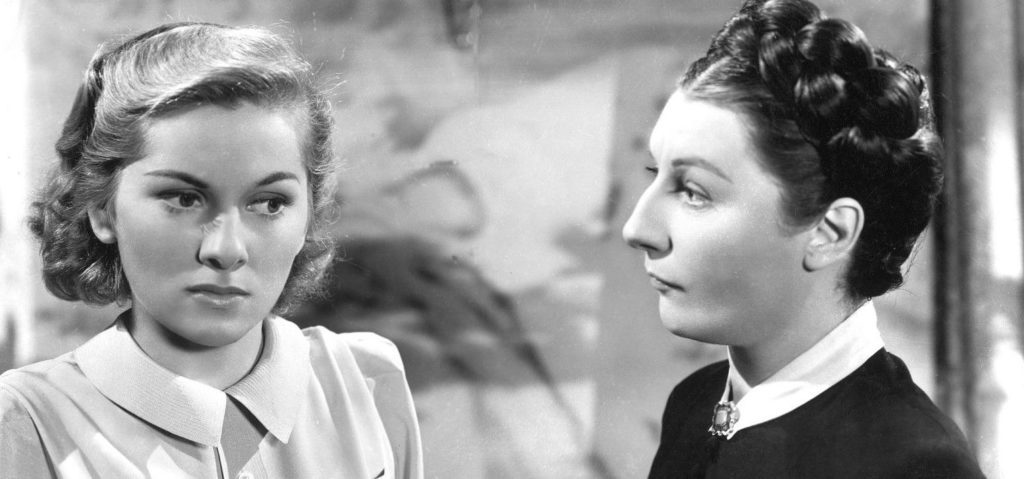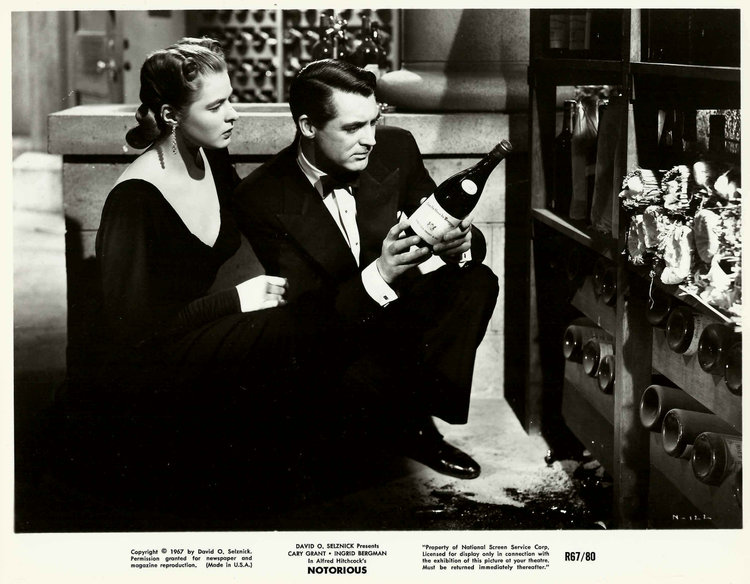Hitchcock’s most taut, nail-biting output came during the 1940s, a decade fraught by global war. It was a time laced with suspicion, doubt, daring, and misplaced trust. It would have been nearly impossible to find a person who hadn’t been affected in some way. He knew what plagued an audience’s psyche and he used it.
Alfred Hitchcock, already a respected filmmaker, left a Europe that was teetering on the brink and came to Los Angeles. He was given David O. Selznick’s Rebecca (1940), which earned Hitchcock his only Oscar nomination, and it solidified his career as a Hollywood heavy hitter.
Some of Hitchcock’s 1940s films were less subtle, pro-Allied, spy adventures, like Foreign Correspondent (1940) and Saboteur (1942). And the lush Technicolor horrors Hitchcock came to be known for wouldn’t come until the 1950s. But these stomach-knotting thrillers use the paranoia and instability of World War II to his advantage.
Rebecca (1940)
Based on the bestselling novel by Daphne Du Maurier, it stars Laurence Olivier as the dashing Maxim de Winter. He charms his new bride (Joan Fontaine), a mousy, shy young thing and brings her to the ancestral Manderley. While there is no ghost, the spectre of Maxim’s first wife Rebecca is always looming.
Set just before the war begins in England, with the threat of invasion being very real, there is a palpable sense of foreboding and heaviness to the film. It also struggles with secrets and the conundrum of justifiable homicide. (Due to the Hays Code, the film’s ending is more forgiving than the book.)
Shadow of a Doubt (1943)
Hitchcock largest escapes the post-war label of film noir but this might be the one exception. Set in leafy, idyllic suburb, Teresa Wright is thrilled when her beloved Uncle Charlie (Joseph Cotten) comes to visit. Suspicion slowly grows as Wright notices odd clues until she is sure he is a murderer and a thief hiding in their all-American apple pie family. With gorgeous black and white cinematography and wall-to-wall tension, Shadow of a Doubt is an often overlooked classic.

Lifeboat (1944)
Paranoia is high in this Hitchcock adaptation of a John Steinbeck story. A number of civilians climb aboard a lifeboat when their ship is sunk by a German U-boat. They then pick up another survivor, only to discover he is German.
There is philosophical debate between the passengers about how to treat this “enemy.” Their tight quarters and unsure fate ratchet up tensions quickly. The film is as much a character study as it is a story of survival.

Spellbound (1945)
The closest doctors had come to understanding the stress of combat after World War I was calling it “shell shock.” Psychological science hadn’t gotten much further as soldiers began returning after World War II. There were theories about repressed memories and fears, and Hitchcock explored post traumatic stress disorder before it was ever called that.
Both playing psychoanalyists, Gregory Peck undergoes treatment for his amnesia from Ingrid Bergman. The two unravel his memories through sessions and decoding symbolism. The film is notable for its dream sequence designed by Salvador Dali. It was much longer but, sadly, the footage no longer exists.
Notorious (1946)
Alicia Huberman (Ingrid Bergman) is recruited by government agent Devlin (Cary Grant) to embed herself in the home of Alex Sebastian (Claude Rains). He is a Nazi who escaped to Brazil and is maintaining a group of others like himself. It becomes a game of cat, mouse and canary as they try to catch Sebastian while keeping Alicia safe.
It features the most excellent MacGuffin and a breathless ending. No matter how many times I’ve seen it, I’m still silently yelling at the characters the last five minutes.
Originally written for DVD Netflix



